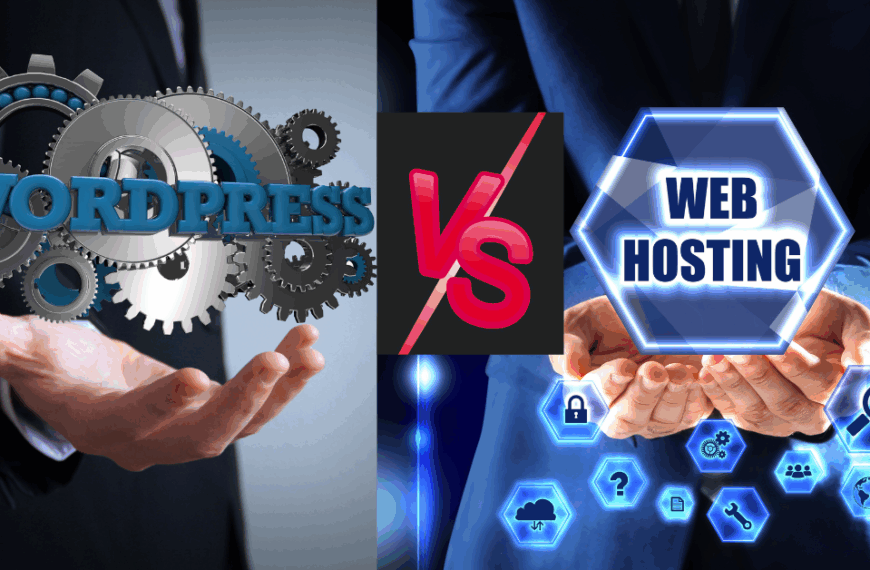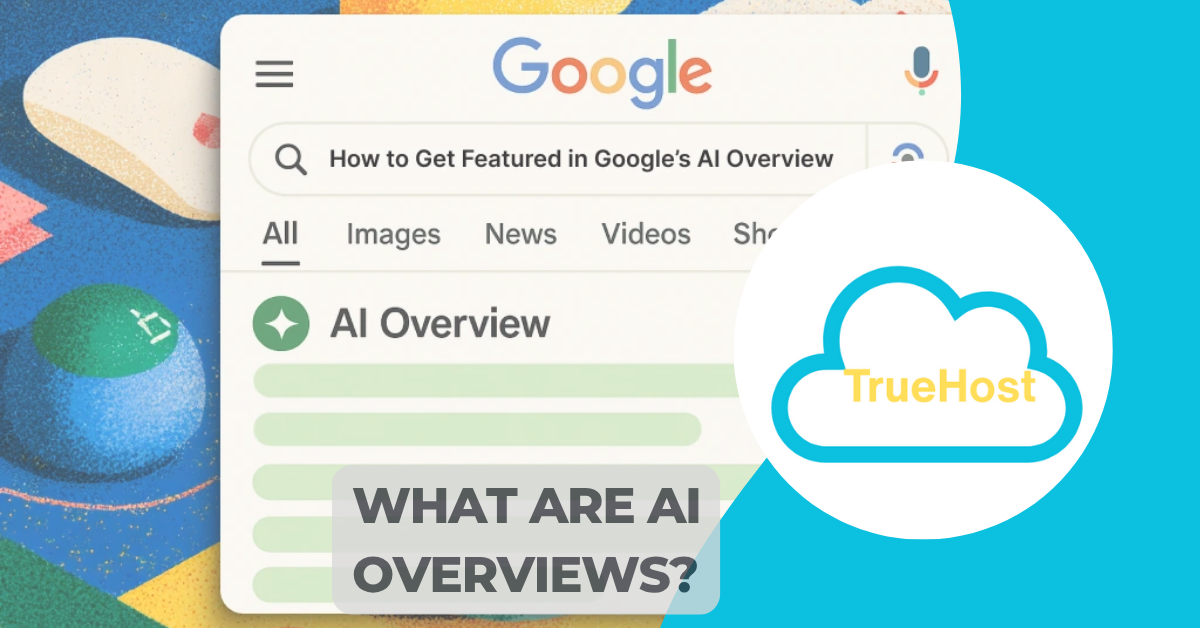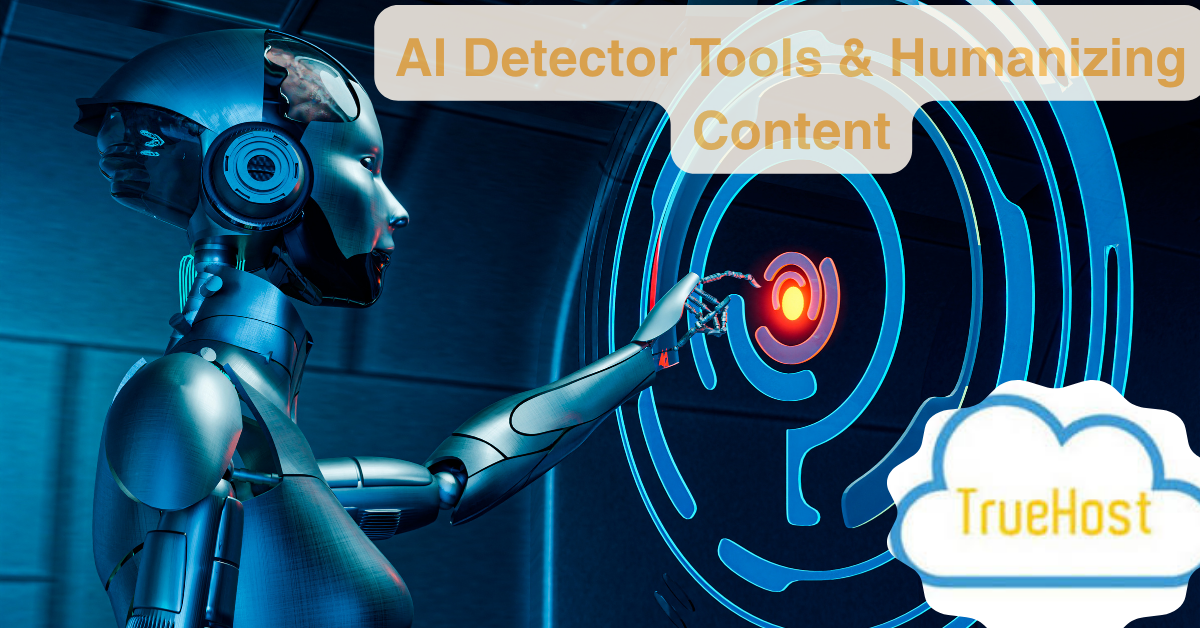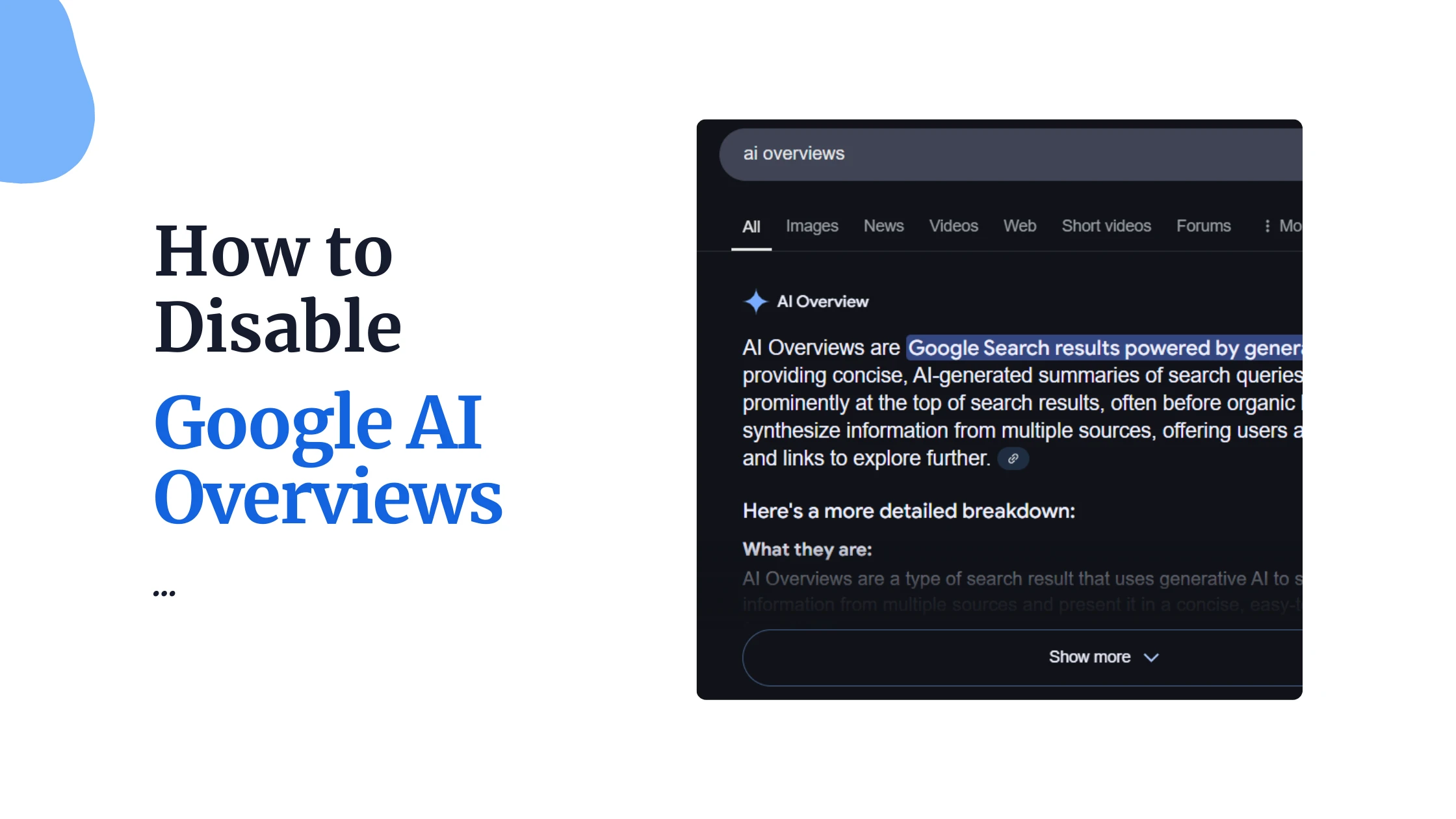Last updated on November 23rd, 2025 at 08:04 pm

The digital revolution has arrived on UK shores, and it’s speaking in languages your website has never heard before. Multimodal AI is rewriting the rules of digital engagement, transforming how UK businesses connect with their customers online.
Picture this: your website suddenly awakens from its digital slumber, gifted with the ability to see through your customers’ eyes, hear their unspoken desires, and understand their deepest needs.
Before we explore this fascinating world together, let’s address the elephant in the room. If you’re ready to transform your online presence but need reliable hosting that can handle these advanced technologies, TrueHost UK offers the robust infrastructure your multimodal AI journey demands.
The Dawn of Digital Awakening in the UK
You know what strikes me most about the current digital landscape?
We’re witnessing something unprecedented. UK businesses are standing at the threshold of a technological renaissance that makes the industrial revolution look like child’s play.
Multimodal AI isn’t just another tech buzzword floating around Silicon Valley. It’s a fundamental shift in how machines understand and interact with human communication. Think of it as teaching your website to speak fluent human—not just the words we type, but the images we share, the videos we create, and the emotions we express.
The beauty lies in its simplicity, really. Where traditional websites could only process text-based queries, multimodal AI systems can juggle multiple types of data simultaneously. Your customers can upload photos, describe their needs in natural language, and receive responses that feel genuinely human.
Understanding Multimodal AI

Let me break this down without the corporate speak. Multimodal AI is essentially an artificial intelligence system that processes multiple types of data—text, images, audio, video—and makes sense of them together.
It’s like having a conversation with someone who not only listens to your words but also reads your body language and understands the context of your surroundings.
Here’s where it gets interesting for UK businesses. According to recent studies from MIT Technology Review, multimodal AI applications are growing at an unprecedented rate, with customer service and e-commerce leading the charge.
The technical architecture might sound complex, but think of it as a symphony orchestra. Each instrument (or neural network) specializes in understanding different types of data. Vision transformers handle images, language models process text, and audio processors decode speech.
Why Multimodal AI Stands Apart from Traditional AI
You know what makes multimodal AI fundamentally different? Traditional AI systems are like specialists—brilliant at one thing but lost when you ask them to step outside their expertise. A text-based chatbot can craft beautiful responses but goes blind when you show it a picture.
Multimodal AI breaks down these walls. It’s the difference between a skilled pianist and a complete orchestra. While traditional AI might excel at analyzing text or recognizing images separately, multimodal AI creates harmony between these different data types.
Think about it this way: when you describe a problem to a friend, you don’t just use words. You gesture, show pictures on your phone, change your tone of voice. Multimodal AI finally gives machines this same rich, human-like understanding.
How Multimodal AI Transforms UK Business Websites

Customer Support That Actually Cares
Remember the last time you contacted customer support? Frustrating, wasn’t it? Multimodal AI changes that entire experience. Instead of describing your broken product through text, you can simply snap a photo and explain the issue verbally.
UK consumers are becoming increasingly demanding—and rightfully so. We want solutions that understand context, not just keywords. Multimodal AI delivers that understanding by processing visual evidence alongside verbal descriptions.
Consider this scenario: a customer uploads an image of a damaged product while simultaneously describing the problem through audio. The AI doesn’t just see the damage; it understands the emotional context of the complaint and responds accordingly. That’s the difference between automation and genuine assistance.

Visual Commerce Revolution
E-commerce in the UK is experiencing a seismic shift. Traditional product pages with static images and text descriptions feel outdated when customers can interact with products through multiple sensory channels.
Multimodal AI enables customers to upload photos of their living spaces and receive product recommendations that actually fit their aesthetic.
It’s like having a personal shopping assistant who understands both your practical needs and your style preferences. The impact on conversion rates is remarkable.
When customers can visualize products in their own environment and receive personalized recommendations based on visual context, purchase decisions become more confident and satisfying.

Content Creation That Resonates
Here’s something most businesses overlook: content creation becomes exponentially more powerful when you can generate text, images, and audio that work together seamlessly.
Multimodal AI doesn’t just help you create content—it helps you create experiences. For UK businesses competing in saturated markets, this represents a genuine competitive advantage.
Your marketing materials can adapt to different customer preferences, presenting information in formats that resonate with individual users. It’s like having a chameleon that changes its colors based on who’s looking at it. But instead of colors, it’s changing how it communicates to match each customer’s preferred style.
Industry Applications Across the UK Market

E-commerce
UK retail is embracing multimodal AI in ways that would have seemed impossible just a few years ago. Fashion retailers are implementing virtual fitting rooms that combine visual recognition with size prediction algorithms.
Home improvement stores are offering augmented reality experiences that let customers visualize renovations before making purchases.
The numbers speak for themselves. Early adopters are reporting conversion rate increases of 25-40% when implementing multimodal AI features. That’s not just improvement—that’s transformation.
Healthcare

The NHS and private healthcare providers are exploring multimodal AI applications that could revolutionize patient care. Imagine uploading a photo of a concerning mole while describing symptoms verbally, and receiving preliminary guidance that considers both visual and contextual information.
This isn’t about replacing medical professionals—it’s about enhancing the quality of initial consultations and triage processes. For a healthcare system stretched thin, these efficiency gains could prove invaluable.
Education

UK educational institutions are pioneering multimodal AI applications that cater to different learning styles. Students can engage with course materials through text, images, audio, and interactive elements, ensuring that everyone finds their optimal learning pathway.
The University of Cambridge recently published research showing that multimodal learning approaches improve retention rates by up to 35%. That’s not just academic theory—that’s practical impact.
The Technology Behind the Magic
This is all about an architecture that works.
You don’t need to be a tech expert to understand the basic architecture of multimodal AI. Think of it as a sophisticated translator that speaks multiple languages simultaneously.
The system consists of several key components:
| Component | Function | Business Impact |
|---|---|---|
| Vision Transformers | Process images and visual data | Enable visual search and analysis |
| Language Models | Handle text and conversation | Power natural language interactions |
| Audio Processors | Decode speech and sound | Enable voice-based interactions |
| Fusion Layers | Combine different data types | Create unified understanding |
Integration Challenges and Solutions
Implementing multimodal AI isn’t without its challenges. The technical complexity can be overwhelming, especially for smaller UK businesses without dedicated IT teams. However, the emergence of user-friendly platforms and APIs is making this technology accessible to businesses of all sizes.
The key is starting small. You don’t need to revolutionize your entire website overnight. Begin with one multimodal feature—perhaps visual search or voice-enabled customer support—and expand from there.
Available Models and Pricing for UK Businesses
The Major Players
The multimodal AI landscape includes several key players, each offering different strengths and pricing models:
OpenAI’s GPT-4o stands out as the most versatile option, offering 2x faster processing and 50% lower costs compared to previous versions. For UK businesses, this translates to better performance at more affordable prices.
Google’s Gemini provides a comprehensive suite of capabilities, from lightweight mobile applications to powerful desktop implementations. The pricing scales with usage, making it accessible for businesses at different stages of growth.
Anthropic’s Claude offers thoughtful, nuanced responses that consider ethical implications—particularly important for UK businesses operating under strict data protection regulations.
Pricing Reality Check
Let’s talk numbers. The cost of implementing multimodal AI varies dramatically based on your requirements:
- Basic implementation: £5,000-£15,000 for simple features
- Advanced systems: £50,000-£200,000 for comprehensive solutions
- Enterprise-level: £200,000+ for fully integrated platforms
However, don’t let these numbers discourage you. Many providers offer pay-as-you-go models that allow you to start small and scale gradually. The key is understanding your specific needs and choosing a solution that grows with your business.
For UK businesses considering this investment, thetruehost.co.uk provides the reliable hosting infrastructure necessary to support these advanced applications while maintaining the performance standards your customers expect.
Practical Implementation for UK Businesses
The biggest mistake I see UK businesses make is trying to implement everything at once. Start with one specific use case that addresses a clear customer pain point. Maybe it’s visual product search for your e-commerce site, or voice-enabled customer support for your service business.
Test small, measure results, and iterate. This approach minimizes risk while maximizing learning opportunities. Once you’ve proven the value of one application, expansion becomes much easier to justify.
Choosing the Right Technology Partner
Not all multimodal AI solutions are created equal. Look for providers who understand UK market dynamics and regulatory requirements. GDPR compliance isn’t optional—it’s essential for any AI implementation handling customer data.
Consider factors beyond just technical capabilities. Support quality, integration ease, and long-term viability should all influence your decision. The cheapest option isn’t always the best value, especially when you factor in implementation time and ongoing maintenance costs.
The Future of Multimodal AI in the UK

Regulatory Landscape
The UK government is taking a measured approach to AI regulation, balancing innovation with consumer protection. Recent guidelines from the Information Commissioner’s Office provide clear frameworks for AI implementation while maintaining flexibility for technological advancement.
This regulatory clarity gives UK businesses confidence to invest in multimodal AI without fear of sudden policy changes. It’s a competitive advantage that shouldn’t be underestimated.
Market Opportunities
The UK market is particularly well-positioned for multimodal AI adoption. High internet penetration, sophisticated consumer expectations, and strong digital infrastructure create ideal conditions for these technologies to flourish.
Early adopters are already seeing significant returns on investment. As the technology matures and becomes more accessible, the competitive advantage will shift from early adoption to effective implementation.
Your Next Steps
The multimodal AI revolution isn’t coming—it’s here. The question isn’t whether you should implement these technologies, but how quickly you can begin the process.
Start by identifying your biggest customer pain points. Where do traditional text-based interactions fall short? What would your customers achieve if they could communicate with your website using images, voice, and natural language?
Once you’ve identified these opportunities, begin exploring solutions that fit your budget and technical capabilities. Remember, perfection isn’t the goal—progress is.
For businesses ready to take the next step, ensuring you have the right hosting foundation is crucial. TrueHost UK specializes in providing the reliable, scalable infrastructure that multimodal AI applications demand.
Read Also: 7 Ways How to Prevent AI Stealing Content: A UK Guide for Content Creators
Read Also: 10 AI Detector Tools That Actually Work And Humanising Content
 Domain Search
Domain Search Whois Lookup
Whois Lookup Domain Transfer
Domain Transfer All Domains
All Domains Web Hosting
Web Hosting Email Hosting
Email Hosting Reseller Hosting
Reseller Hosting Windows Hosting
Windows Hosting cPanel Hosting
cPanel Hosting VPS Hosting
VPS Hosting Managed VPS Hosting
Managed VPS Hosting Dedicated Server
Dedicated Server SSL Certificates
SSL Certificates All SSL
All SSL






